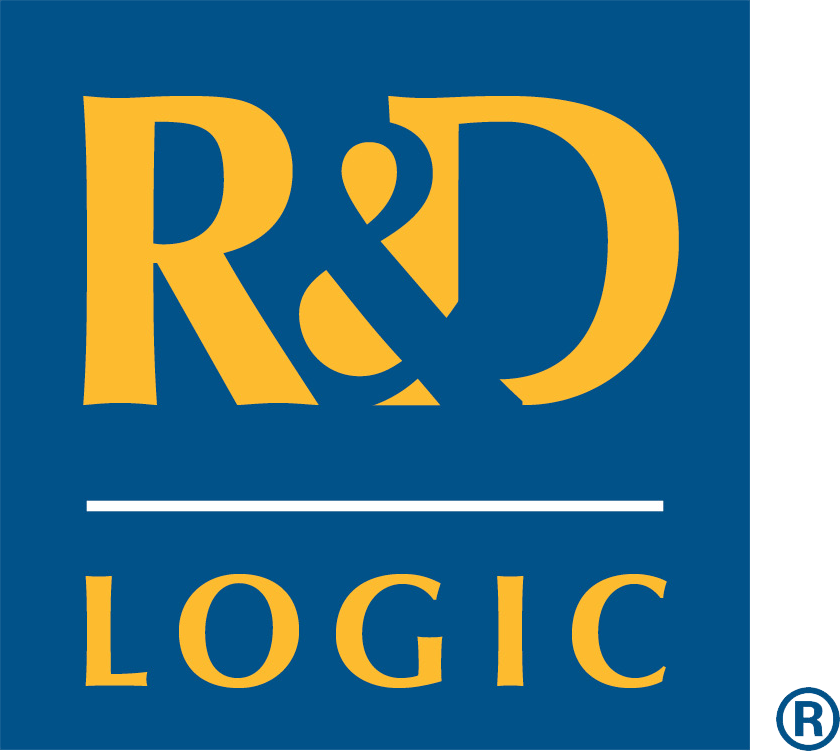Five Keys to Better, Faster Rolling Forecasts for R&D
We are all a bit tired of hearing "big data" is the big deal of our time. And we all know that there's nothing really big about data unless you can convert it into information, then gather insight, and create knowledge.
Rolling forecasts are a case in point. "Rolling" is part of the complexity, but the intrinsic uncertainties of R&D-intensive environments make for an even bigger challenge. Whether your R&D portfolio consists of a few long-term drug development projects or a roster of quick-turnaround, billable micro-projects, change is so pervasive that any useful forecast will arise from thorough analysis—looking at multiple scenarios, under multiple assumptions, and being able to build, parse & understand it all top-down and bottom-up. The better and faster you become at forecasting, the more often you can do it. This helps you tackle change. At the end of the day, you increase your chances of staying in business.
So the holy grail of any tool to support rolling forecasts for R&D is finding the right mix between automating everything that is possible while providing enough flexibility both for different business models and future changes. We addressed this in our previous blog entry.
We also wrote about collecting the relevant data, linking it all to make sense, bringing it under a single hood, then automating as many repetitive analytical processes as possible, so that your brainpower can focus on patterns and variances to gather insight and generate knowledge. All these principles are critical to make rolling forecasts for R&D operational.
Even if that doesn't necessarily amount to what we nowadays call big data, it certainly is flowing data that needs to be continuously purposed and repurposed to provide management with enough substance to make decisions about the future. And retaining the integrity of the data as it gains in complexity and changes is an accomplishment in and of itself.
So what should you look for when choosing a tool to help you increase your productivity in rolling forecasts?
Built-in, up-to-date best practices - differentiation is a competitive advantage, but you want to keep up with best practices in your industry whenever possible, freeing the softer (human) skills for the more insightful work. In other words: look for an expert in your industry or a very prominent characteristic of your business—e.g., R&D.
Flexibility in "assembly" - the best tools allow you to pick the parameters that give you the best chance at building a meaningful hypothesis. Look for a tool that can embrace (and extract data from) the key systems you already have in place, and that is likely to continue to do so as your business grows, and your key systems evolve.
Multiplicity of parts - the more variables you can access, the better you can adjust the forecasts to your business model and market context. Just make sure multiplicity of parts doesn't amount to unnecessary complexity.
Visibility of parameters - the better you can retain visibility of the leaves as you look at the forest, and vice-versa, the greater are your chances of providing insight to drive decisions. Find a tool that can provide multiple outlooks with as much perspective or detail as you might ever want.
Quickness & lightness - find a provider who can offer quick service with a nimble team of smart people who really understand the value you are trying to extract for the business. To keep things rolling...
We recently broadcasted a demonstration of such a tool applied to Life Sciences over the internet. If you would like to watch a recording of the session, it’s on our Resources page.
